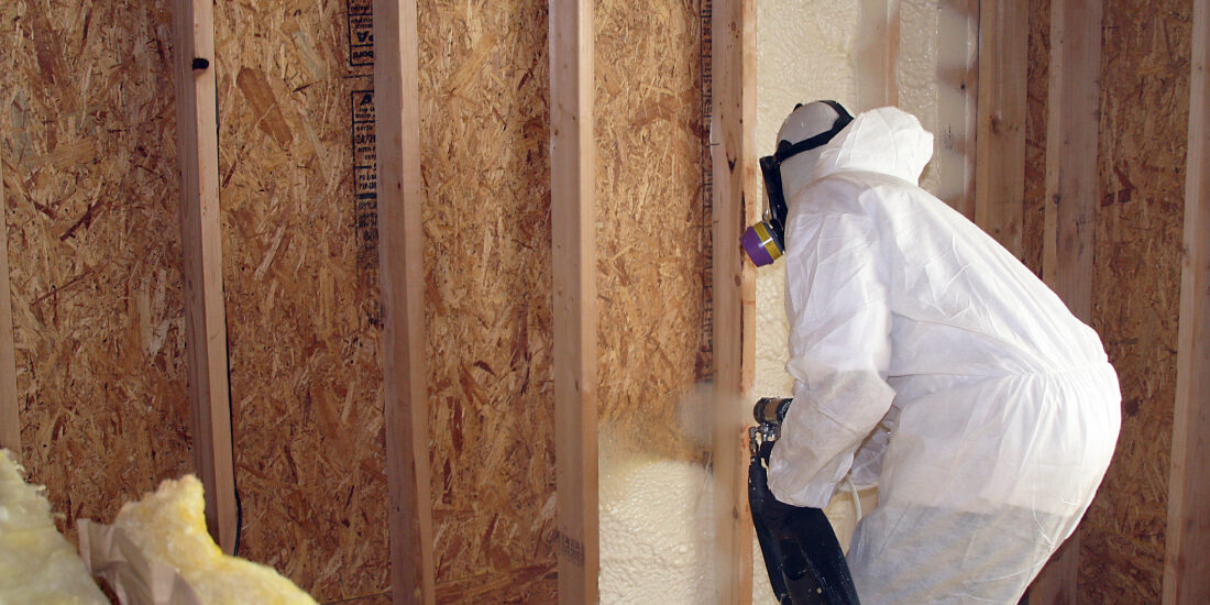
Home insulation plays a significant role in maintaining indoor comfort, reducing energy costs, and protecting the structure from moisture-related damage. In Graves County, KY, where weather conditions vary throughout the year, having the right insulation makes a noticeable difference. Without proper insulation, homes become vulnerable to heat loss in winter and excessive heat gain in summer, leading to higher utility bills and inconsistent indoor temperatures.
Insulation is a material used to reduce the transfer of heat between the interior and exterior of a home. It helps maintain a consistent temperature, making heating and cooling systems more efficient. Effective insulation provides benefits such as:
Fiberglass insulation is one of the most common options used in residential properties. It comes in batt or blown-in form and provides reliable thermal resistance. This type is widely used due to its affordability and effectiveness in attics, walls, and floors.
Spray foam expands upon application, sealing gaps and cracks that other insulation types may not cover. It offers a high R-value, making it an excellent choice for energy efficiency. Homeowners who prioritize airtightness often opt for spray foam to reduce air leaks.
Made from recycled paper products, cellulose insulation is an eco-friendly option. It provides good thermal performance and is often used in attics and walls. Treated with fire-resistant chemicals, it also enhances safety.
Rigid foam boards are suitable for exterior walls, basements, and crawl spaces. They offer superior moisture resistance, making them ideal for homes in areas with fluctuating humidity levels.
The effectiveness of insulation is measured by its R-value, which indicates its resistance to heat flow. The higher the R-value, the better the insulation. In Graves County, where summers can be hot and winters cold, choosing insulation with an appropriate R-value ensures better energy efficiency.
If energy costs seem excessive despite using efficient heating and cooling systems, poor insulation may be the cause.
Uneven temperatures between rooms suggest heat is escaping or entering through poorly insulated areas.
Feeling cold drafts near windows, doors, or walls indicates inadequate insulation.
Ice forming along roof edges is a sign of heat escaping through the attic, melting snow unevenly and causing refreezing.
Insulation not only controls temperature but also dampens sound. A noisy home may need additional insulation layers.
Installing high-quality insulation can lead to long-term savings while making your home more comfortable throughout the year. If you’re considering upgrading insulation, Armored Insulation provides expert services tailored to homes in Graves County, KY. Our team ensures precise installation, helping homeowners maximize energy efficiency and indoor comfort. Contact us at (270) 331-4844 or [email protected] to schedule an assessment.
The required insulation level depends on the area of your home and local climate conditions. The U.S. Department of Energy provides R-value recommendations based on regions.
Blown-in cellulose or fiberglass is commonly used for attics because they cover gaps effectively. Spray foam is another high-performance option.
Yes, insulation helps regulate indoor humidity levels by reducing temperature fluctuations and preventing condensation buildup.
Most insulation types last between 20 to 100 years, depending on material quality and environmental conditions.
If insulation is damp, moldy, compressed, or no longer effective at maintaining indoor temperatures, it may need to be replaced.
When properly installed, spray foam insulation is safe. It should be applied by professionals to ensure correct expansion and ventilation.
Yes, insulation absorbs sound and reduces noise from outside and between rooms.
The cost varies based on the type of insulation, home size, and installation method. A professional assessment provides accurate pricing.
Some insulation upgrades may qualify for energy efficiency tax credits. Check with local energy programs for available incentives.
In some cases, new insulation can be added over existing insulation if there are no moisture or air leak issues.